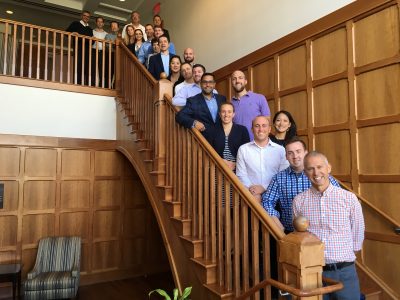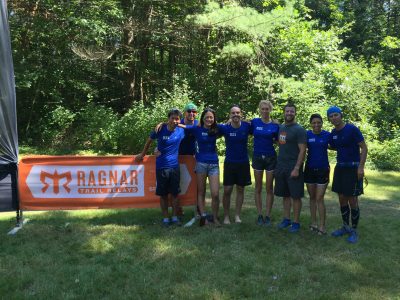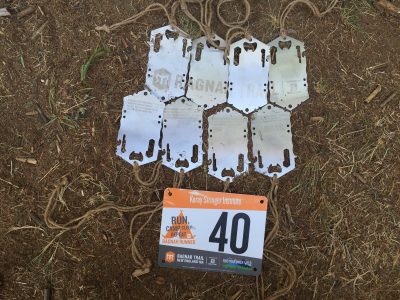By Luke Belval, MS, ATC, Director of Research, Director of Military and Occupational Safety, KSI

On September 15th and 16th, KSI gathered experts in the field of hydration to help clarify the hydration advice athletes, coaches and parents are receiving. The meeting, Practical Hydration Solutions for Sports and the Physically Active, was convened at the University of Connecticut to help provide situation specific information that can be easily interpreted and applied by those looking to optimize performance.
With representatives from the UK, Australia, New Zealand, Canada and all over the US, KSI is working to change the way hydration advice is provided to those looking to improve their athletic performance. In light of increased attention to what, when and how athletes should drink, the purpose of this meeting was to help clarify what an athlete can do to optimize performance through hydration. Experts in the field went through over 20 different sports to help identify the specific factors that may influence hydration status for athletes in those sports. Specifically, the group evaluated the evidence to determine risk of dehydration and over hydration for each athletic situation to help athletes understand what hydration strategies may work best for their sports.
The roundtable meeting focused around two deliverables, a scientific publication featuring the overall results and one-page sport-specific documents that can be easily distributed to those participating in a given sport. It is our hope that these documents can help clarify what the best practices are for performance optimization through hydration in a given sports situation.

